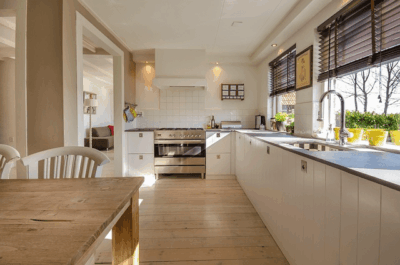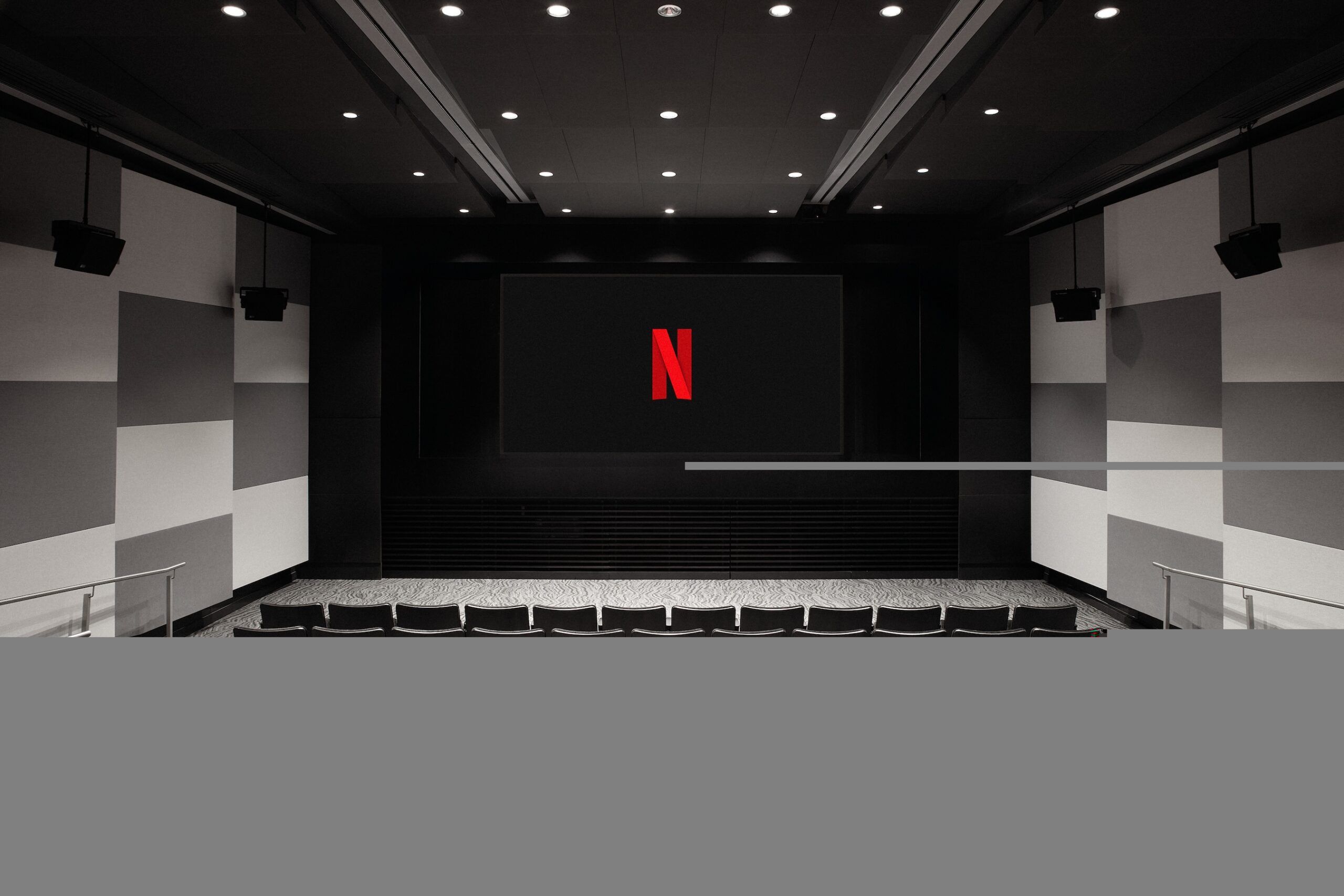When people plan a new kitchen or give the old one a facelift, the focus is usually on benchtops, cabinetry, or appliances. Lighting tends to be an afterthought, which is a shame because it’s one of the elements that makes the biggest difference. The right lights don’t just brighten a space—they set the mood, make cooking safer, and help turn a purely practical room into the hub of the home.
In Australian homes, the kitchen is rarely just for food prep. It’s where kids do homework, where friends perch on stools with a glass of wine, and where family meals stretch late into the evening. That’s why getting the lighting right matters. Here are a few tips worth considering if you’re planning a new kitchen or tweaking what you already have.
Layer, Don’t Rely on Just One Light
A single fluorescent tube or a lone downlight in the centre of the ceiling used to be the norm, but it rarely does the job well. Modern kitchens benefit from layered lighting—a mix of general, task, and decorative lights.
- General (ambient) lighting sets the overall brightness of the room.
- Task lighting takes care of the spots where you actually chop, cook, and clean.
- Accent lighting highlights features and helps create atmosphere once the heavy lifting is done.
By combining these, you can switch from a bright, practical cooking environment to a softer, more relaxed setting when you’re entertaining.
Match the Lights to the Work
Think about what happens in different corners of the kitchen. The areas you use for preparing food need to be shadow-free and clear. Strip lighting tucked under wall cabinets is brilliant here because it shines directly onto the benchtop. Over the cooktop, rangehood lights help, but adding downlights slightly in front of the stove makes an even bigger difference.
Sinks also deserve their own light. Anyone who has tried scrubbing a baking tray in a dim corner will understand why. By matching lights to each “zone”, you end up with a kitchen that’s easier to use every day.
Pick the Right Colour
Not all white light is the same. Most people choose either warm white or cool white LEDs. Warm light (around 2700–3000K) creates a welcoming, homely feel, while cool white (about 4000K) is sharper and makes details easier to see.
A lot of homeowners mix them—cool white for benches and prep areas, and warmer tones for pendants or the dining table. It’s a simple way to get the best of both worlds: practical lighting where you need clarity, and softer tones where you want comfort.
Dimmer Switches Are Worth It
Lighting isn’t just about fittings; controls matter too. Dimmers let you adjust the atmosphere with a simple turn of the switch. Bright when you’re chopping veggies in the morning, lower when you’re winding down in the evening. It’s a small upgrade that makes a big difference in how flexible your kitchen feels.
Give Your Island Attention
If your kitchen has an island bench, treat it as a feature. It’s where people gather, and it usually doubles as both a prep space and a social hub. Pendants are the classic choice—two or three lined up above the bench create both light and impact.
The trick is in the height. Generally, pendants should hang about 70–90 cm above the benchtop. Too high and they don’t do much; too low and they get in the way. Choose a style that ties in with your cabinetry or stools, and the island becomes a centrepiece, day and night.
Some handy tips for island lighting:
- Stick to odd numbers (like three pendants) for better balance.
- Use dimmable bulbs so you can switch from homework lighting to dinner mood lighting.
- Consider glass or open shades if you want to keep the space feeling airy.
Style Meets Practicality
It’s tempting to pick a light just because it looks amazing, but kitchens need fittings that are easy to clean and built to handle steam, splashes, and heat. Industrial-style pendants, minimalist downlights, or sculptural designs can all work, but make sure they’re backed up by more practical task lighting.
Think of the decorative pieces as the jewelry, and the hidden task lights as the essentials that make everything function properly.
Keep Energy in Mind
Power prices aren’t exactly gentle, and the kitchen is already one of the biggest energy users in the house. LEDs are the smart choice—they last for years, use a fraction of the power of old bulbs, and don’t throw off much heat. That last point matters more than people realize, especially in summer when the oven and cooktop are already warming the space.
Watch Out for Shadows
A beautifully lit kitchen can still be frustrating if shadows fall exactly where you’re working. This often happens when downlights are positioned directly behind you, so your body blocks the light. The fix is simple: place them slightly in front of benches and sinks or add under-cabinet strips. Planning placement early on makes all the difference.
Make the Most of Natural Light
Artificial light only does part of the job. If your kitchen has big windows or even a skylight, you’ll notice how much the space changes throughout the day. East-facing kitchens can feel bright in the morning but gloomy later; others might only get sun in the afternoon. Think about how natural light behaves in your space and use your fittings to balance it out, rather than fight against it.
A few ways to work with natural light:
- Keep window coverings light so sunlight can filter through.
- Position prep areas near windows if possible.
- Use reflective splashbacks or lighter cabinetry to bounce natural light around.
- Add artificial light where natural light fades in the evening.
Smart Lighting as a Bonus
Smart systems aren’t essential, but they’re handy if you like convenience. If you’re exploring kitchen lighting ideas, smart technology gives you flexibility to adjust brightness and ambiance with ease. You can manage lights through your smartphone, use Google Assistant voice commands, or connect them with other smart home features.
That means you can dim or change colour temperature from your phone, set the mood with voice commands, or create automated schedules so lights brighten gradually in the morning while you make coffee and dim automatically at night.
Don’t Skimp on Safety
Finally, a practical but important point: kitchens are full of water and appliances, so electrical work has to be safe and up to code. In Australia, that means using a licensed electrician for installation. It’s not only the law but also the best way to make sure your lights are reliable and won’t cause problems down the track.
Why Good Lighting Pulls the Kitchen Together
Lighting might not be the first thing you think about when planning a kitchen, but it ties everything else together. The right mix of practical task lighting, flexible dimmers, and a few stylish touches can transform the room into something that works just as well for Sunday meal prep as it does for Friday night drinks.
If you take the time to plan it properly—paying attention to zones, colour, shadows, and controls—you’ll end up with a kitchen that feels bright, welcoming, and ready for whatever your household throws at it.


















